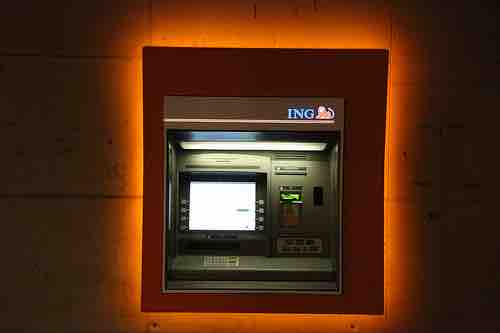Functions of a Channel
The primary purpose of any channel of distribution is to bridge the gap between the producer of a product and the user of it, whether the parties are located in the same community or in different countries thousands of miles apart. The channel of distribution is defined as the most efficient and effective manner in which to place a product into the hands of the customer. The channel is composed of different institutions that facilitate the transaction and the physical exchange.
Institutions in channels fall into three categories:
- The producer of the product: a craftsman, manufacturer, farmer, or other extractive industry producer
- The user of the product:an individual, household, business buyer, institution, or government
- Certain middlemen at the wholesale and/or retail level
A channel performs three important functions. Not all channel members perform the same function. The functions are:
- Transactional functions: buying, selling, and risk assumption
- Logistical functions: assembly, storage, sorting, and transportation
- Facilitating functions: post-purchase service and maintenance, financing, information dissemination, and channel coordination or leadership
These functions are necessary for the effective flow of product and title to the customer and payment back to the producer.
Characteristics of a Channel
Certain characteristics are implied in every channel.
First, although you can eliminate or substitute channel institutions, the functions that these institutions perform cannot be eliminated. Typically, if a wholesaler or a retailer is removed from the channel, its function will either shift forward to a retailer or the consumer, or shift backward to a wholesaler or the manufacturer.
For example, a producer of custom hunting knives might decide to sell through direct mail instead of retail outlets. The producer absorbs the sorting, storage, and risk functions; the post office absorbs the transportation function; and the consumer assumes more risk in not being able to touch or try the product before purchase.
Second, all channel institutional members are part of many channel transactions at any given point in time. As a result, the complexity of all transactions may be quite overwhelming. Consider how many different products you purchase in a single year and the vast number of channel mechanisms you use.
Third, the fact that you are able to complete all these transactions to your satisfaction, as well as to the satisfaction of the other channel members, is due to the routinization benefits provided through the channel.
Routinization means that the right products are most always found in places where the consumer expects to find them (such as catalogues or stores), comparisons among products are possible, prices are marked, and methods of payment are available. Routinization aids the producer as well as the consumer, because it tells the producer what to make, when to make it, and how many units to make.
Fourth, there are instances when the best channel arrangement is direct, from the producer to the ultimate user. This is particularly true when available middlemen are incompetent or unavailable, or the producer feels he or she can perform the tasks better. Similarly, it may be important for the producer to maintain direct contact with customers so quick and accurate adjustments can be made.
Direct-to-user channels are common in industrial settings, as are door-to-door selling and catalogue sales. Indirect channels are more typical and result, for the most part, because producers are not able to perform the tasks provided by middlemen.
Finally, although the notion of a channel of distribution may sound unlikely for a service product (such as health care or air travel), service marketers also face the problem of delivering their product in the form and at the place and time demanded by the customer.
Banks have responded by developing bank-by-mail, Automatic Teller Machines (ATMs), and other distribution systems. The medical community provides emergency medical vehicles, outpatient clinics, 24-hour clinics, and home-care providers. Even performing arts employ distribution channels. In all three cases, the industries attempt to meet the special needs of their target markets while differentiating their product from that of their competition. A channel strategy is evident.

Automatic Teller Machine (ATM)
ATM machines are one of the ways banks have responded to channel issues.